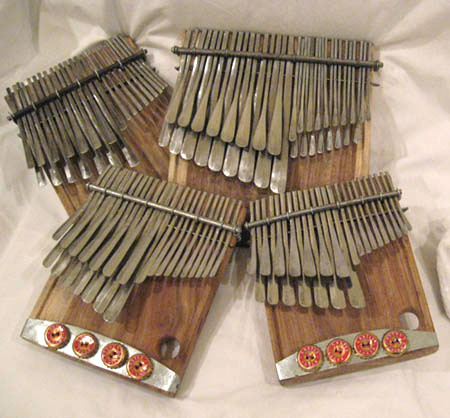Source: Cultural Markets: Selling more than wares | Herald (Opinion)

Tiller Maringa Features Writer
EVERYTHING and anything can be sold in Mbare. Though said in jest, the urban adage could prove true as the suburb is more than just a marketplace for goods, but ideas too.
Mbare Covered Market is a hub of cultural tourism.
The market is a reflection of Zimbabwean culture that needs to be preserved and promoted through education.
Heritage studies were introduced by the Ministry of Primary and Secondary Education to preserve culture through the new curriculum.
The new curriculum requires students to understand Zimbabwe’s spiritual values and beliefs, cultural practices and usage of artefacts.
This necessitates students from local pre-schools, colleges and universities to frequent the areas for research.
Speaking to The Herald, Gabriel Muirimi, (29) who sells traditional tools at the market, said students come for research from local schools.
“Mostly pre-school students come for question-and-answer sessions and buy some of the traditional tools like small drums, xylophones, mbira (thumb piano) and clay pots.
“They come in large numbers, especially at the beginning of school terms and we make a lot of money during those periods,” said Muirimi.
Student teachers from Belvedere and Seke teachers’ colleges also visit to buy thumb pianos, “15 key nyunganyunga” (mbira), one of the traditional musical instruments.
A 15-key thumb piano costs $100 while small ones for pre-school pupil sell at $20.
Foreign tourists love these traditional musical instruments and used to visit in numbers to buy, but they changed completely with time.
“Nowadays, we are now experiencing few white tourists’ visits. Once or twice in three months.
“We are no longer getting more money like we used to do since there are fewer customers to buy the tools,” Muirimi said.
The market was built more than 80 years ago, but Harare City Council is not maintaining it.
There are no lights, water and toilets to cater for both locals and foreign visitors.
The place is in a deplorable condition and no renovations are taking place.
Every traditional trader pays $50 per table monthly, though some in the market owe City of Harare a lot of money.
Mbare Covered Market Chairwoman Juliet Manzwi (62) said sometimes they fail to pay rentals to the city council because their business is not making profits, only few customers come and buy per day.
“If you go and see the records of the city council, we owe them a lot of money.
“Although we get small amounts from students that come, we do not have the capacity to pay the debts,” said Manzwi.
Council should provide basic facilities to make the area clean and conducive for tourism.
Make it known to tourists for them to come and explore Zimbabwean culture.
The Zimbabwe Tourism Authority (ZTA) seems to pay little attention to cultural tourism.
Tourism should be promoted locally before foreigners come to appreciate the resort area. The Ministry of Primary and Secondary Education must work hand-in-glove with ZTA for students to have frequent visits and appreciate the areas.
This enables players in the cultural tourism industry to make money to sustain their lives and business.
Appreciation of local culture is associated with sustainable development goals.
Apart from educational tours, parents should also visit the place for recreational purposes.
Other township tourism places include Canon Paterson Art and Craft Centre, Tsindi Gallery, Chitungwiza Sculpture Centre and houses that were formerly occupied by liberation heroes in Highfield, to mention a few.
Traditional tools trader Concillia Madzima (36) said if students increase visits to the facility, they will have a deeper understanding of culture.
“Culture is identity and our youth are lacking knowledge of local culture due to less exposure to cultural activities like ‘kurova guva’ and rain-making ceremonies.
“I know that we can earn a living out of selling traditional tools because I am a single mother who is taking good care of two daughters by selling.
“My wish is that, locals must appreciate culture and attach importance to all cultural centres so that foreigners will start to value our interesting culture,” said Madzima.
She said it would be helpful to hold traditional festivals at such places and make them sacred to attract tourists.
Students should also attend those festivals to have a better understanding rather than being told orally.
Some countries are very proud of their culture and promote all cultural activities in those areas.
The ministry of tourism and culture in India is renowned for maintaining and promoting many magnificent palaces and forts which showcase the prosperous cultural heritage of Rajasthan.
Folk songs and music are aired to reflect the cultural legacy.
Festivals and fairs such as camel and pushkar are held to attract tourists.
In South Africa, the house of the late former President Nelson Mandela in Vilakazi Street, Soweto, was converted into a museum and tourists are flocking there to see.
Cultural sightseeing as a subset of tourism, concerned with travellers’ engagement with a country’s culture, specifically lifestyle, history, religion, art and architecture.
Zimbabwe should emulate what is being done by other countries to promote and preserve local culture.
The post Cultural Markets: Selling more than wares appeared first on Zimbabwe Situation.